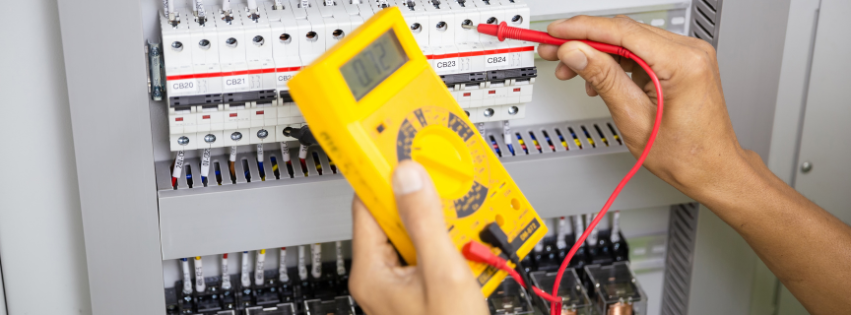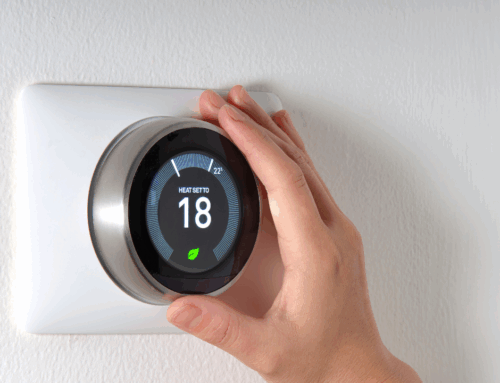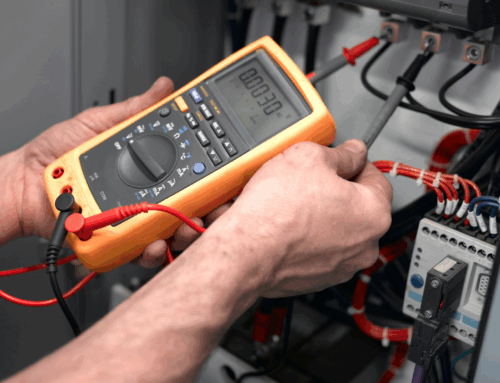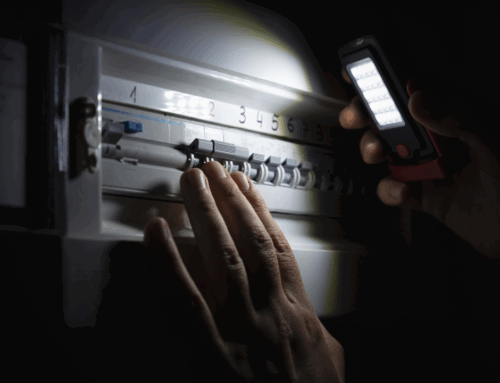Electrical safety is paramount in any workplace, as electrical faults and shocks can pose significant risks to employees and operations. Understanding how to identify, address, and prevent electrical issues is essential for maintaining a safe work environment.
1. Recognise the Signs of Electrical Faults
Identification: The first step in addressing electrical issues is to recognise potential signs of faults. Common indicators include flickering lights, frequent circuit breaker trips, unusual burning smells, and discoloured or hot electrical outlets. Additionally, experiencing mild electrical shocks when touching appliances or switches is a serious warning sign of underlying problems.
Action: If you notice any of these signs, it’s crucial to act immediately. For instance, flickering lights may suggest loose wiring or overloaded circuits, while a burning smell could indicate overheating or a short circuit. Identifying these symptoms early can prevent more severe problems and ensure timely intervention.
2. Addressing Electrical Shocks Safely
Immediate Response: If an employee experiences an electrical shock, the first priority is to ensure their safety. Do not touch the person if they are still in contact with the electrical source, as this can cause secondary injuries. Instead, turn off the power supply immediately if it is safe to do so. If you cannot turn off the power, use a non-conductive object (such as a wooden stick) to separate the person from the source.
Medical Attention: After the source of the shock has been disconnected, seek medical attention for the affected individual, even if the shock seems minor. Electrical shocks can cause internal injuries that may not be immediately apparent. Providing prompt medical evaluation is crucial for their health and safety.
3. Conduct Regular Electrical Inspections
Routine Checks: Regular inspections of your electrical system can help identify potential faults before they become serious issues. Schedule routine checks with a qualified electrician to examine wiring, circuit breakers, outlets, and appliances. These inspections can reveal wear and tear, faulty connections, or components that need upgrading.
Documentation: Maintain detailed records of all electrical inspections and repairs. This documentation helps track the condition of your electrical system over time and ensures that any recurring issues are addressed promptly.
4. Implement Preventive Measures
Training: Educate employees about electrical safety practices and the importance of reporting any issues immediately. Conduct regular training sessions on recognising electrical hazards, safe handling of electrical equipment, and the correct procedures for dealing with electrical faults.
Equipment Maintenance: Ensure that all electrical equipment is regularly maintained and inspected. Faulty or damaged equipment should be repaired or replaced promptly to prevent accidents. Use only equipment that meets safety standards and is appropriate for the intended use.
5. Address Faulty Wiring and Outlets
Inspection: Faulty wiring and damaged outlets can pose significant risks. Inspect wiring for signs of damage, such as frayed insulation or exposed wires. Similarly, check outlets for signs of overheating, discoloration, or physical damage.
Repairs: Any faulty wiring or damaged outlets should be repaired by a licensed electrician. Attempting to fix these issues without professional help can be dangerous and may lead to further complications. A qualified electrician can ensure that repairs are done safely and in compliance with local regulations.
6. Enhance Electrical Safety Protocols
Safety Devices: Install safety devices such as Residual Current Devices (RCDs) and Ground Fault Circuit Interrupters (GFCIs) to protect against electrical faults and reduce the risk of shocks. These devices quickly disconnect the circuit in the event of an imbalance, preventing serious injuries.
Emergency Procedures: Develop and implement emergency procedures for dealing with electrical faults and shocks. Ensure that all employees are familiar with these procedures and know how to respond in case of an electrical emergency.
Addressing electrical shocks and faults in the workplace requires vigilance, proper training, and timely intervention. By recognising the signs of electrical issues, responding safely to shocks, conducting regular inspections, and implementing preventive measures, you can create a safer working environment. Prioritising electrical safety not only protects employees but also ensures the smooth operation of your business. If in doubt, you can contact us to handle complex electrical problems and maintain the safety of your workplace.







Leave A Comment